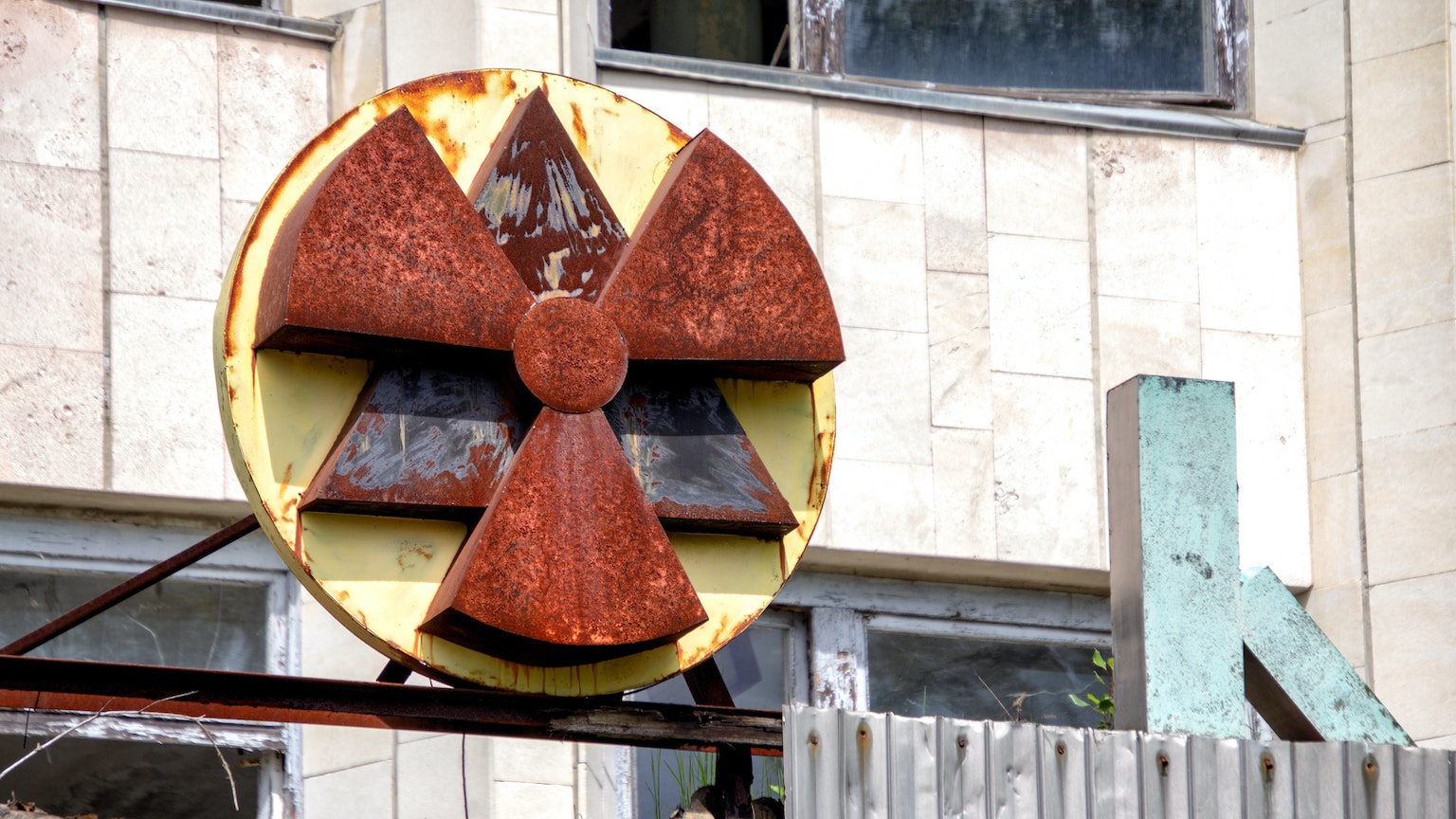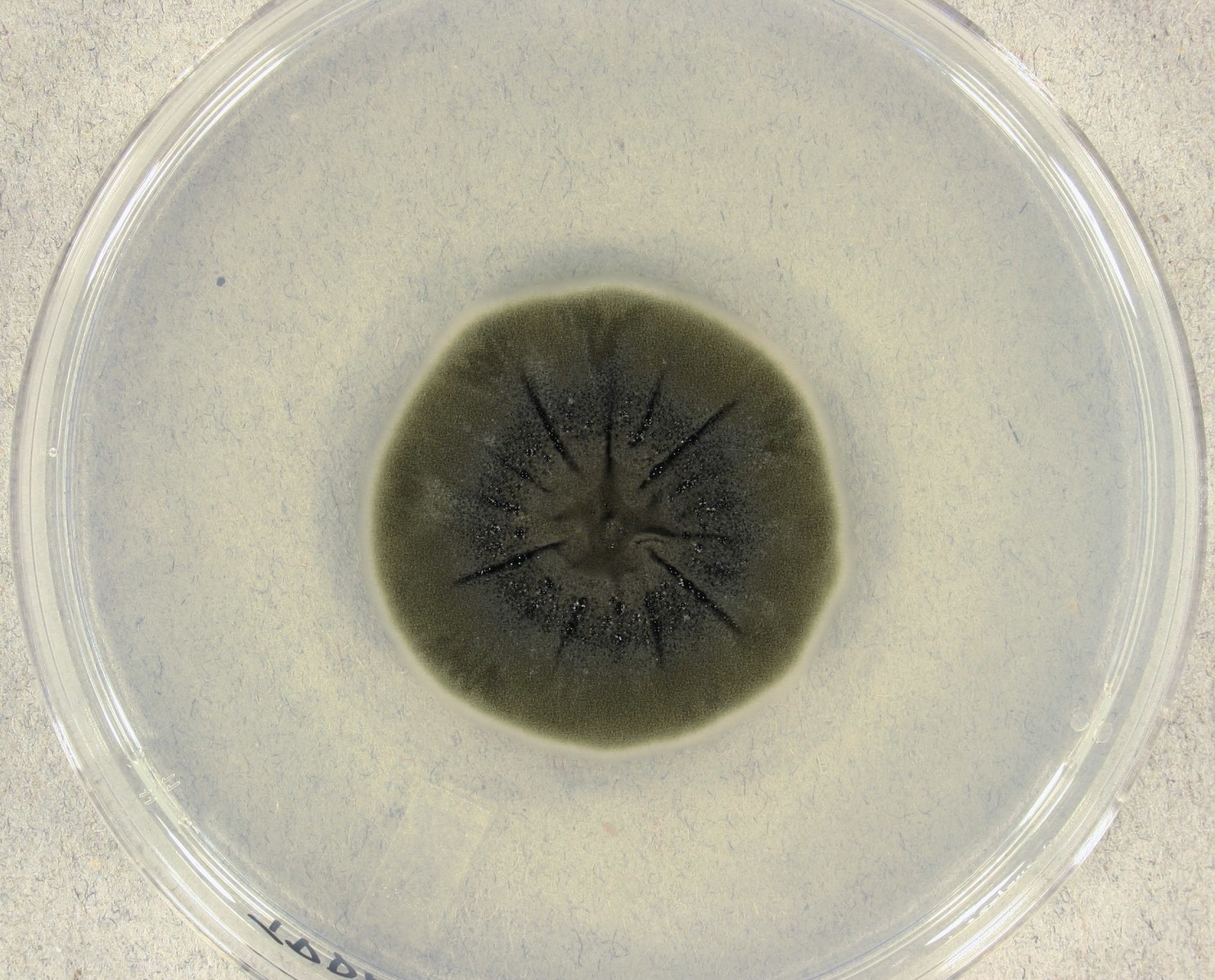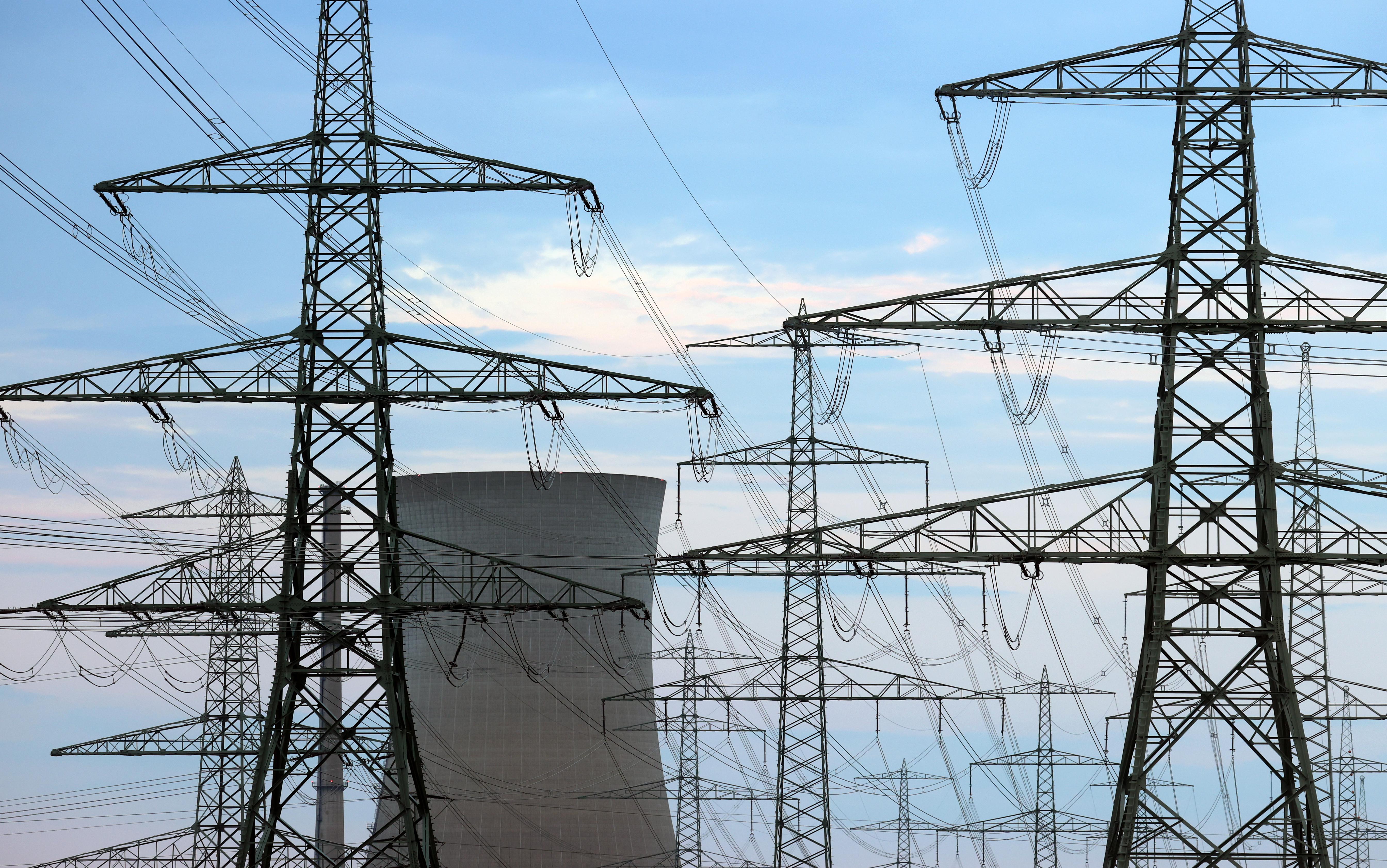Chernobyl redux: Will the ill-fated power plant explode again?

- Radiation levels in some areas deep within Chernobyl’s bowels have increased.
- Most of the original radiation is now gone, but some remains in confinement.
- The cause of the recent uptick in radiation is unknown but is highly unlikely to cause another disaster.
Earlier this year, Science reported that neutron radiation counts in a few locations within the Chernobyl confinement site are slowly rising. The most worrisome apparent reading is emanating from room 305/2, buried deep within the original Soviet sarcophagus. This news has been echoed as Chernobyl waking up and possibly exploding. Should we be concerned about this ominous sounding development?
In a word, no.
A primer on the Chernobyl meltdown
The original events of the meltdown have been covered exhaustively from engineering, political, and media perspectives. It was the worst possible type of reactor disaster, where flawed design and poor operator training combined to allow the reactor to overheat and explode out of its containment vessel, releasing radiation up into the atmosphere and molten core material down out of the bottom of the breached reactor. The riskiness of the design, the lack of safety in the operation, and the lies and coverup of the Soviet government before, during, and after have all been extensively documented.
The key to framing the current state of Chernobyl is to know that it is roughly — but not completely — stable. The strategy is “confinement.” The radiation dispersed into the atmosphere is essentially gone, and most of what settled on the ground has decayed as well. However, beneath the modern $2-billion-dollar, 300-foot-high confinement shield, under the flawed original sarcophagus, buried in the ruins, many tons of highly radioactive material remain confined. Called “corium,” this lava-like substance formed around the uranium fuel rods and grew as it consumed the graphite and zirconium materials of the reactor control systems, the iron and other metals in surrounding equipment, and the concrete and sand of the building structure.
The melted mass, including the famous “elephant’s foot,” has now cooled into a gradually crumbling slag of oxidizing chemicals. It has never stopped emitting neutron radiation. It gradually will continue to undergo fission at levels greater than natural background radiation until either it is manually removed (a process that will take decades, if it happens at all) or enough radioactive decay half-lives pass. Without knowing the exact shape, consistency, and composition of the mass and applying complex decay calculations, it is hard to speculate how many years this will take, but it is likely to be more than a century — and possibly much more.
Scientists have provided some estimates. Of the radioactive material released into the environment, more than 99 percent has likely decayed. Due to the presence of certain long-half-life materials, it will take several decades to reach 99.9 percent decay and centuries to reach 99.99 percent and then 99.999 percent. The ongoing release of radiation (and the risk of greater release) is low. The Chernobyl area is now open to tourists. Belarus is resettling some of the evacuated areas.
Is Chernobyl “waking up”?
The increasing neutron reading is not a sign of a runaway explosion. It is a gradual upward creep of low-level fission reactions in the very heart of the entombed ruins, likely due to small changes in the level of water or other materials in that area. To fear another explosion is premature and hyperbolic, yet to ignore the reading would be to replicate the mistakes of the past.
Workers at the containment facility are aware of the problem. The original report quotes an expert who says that he cannot rule out the possibility of an accident. However, he goes on to say that the managers of the site have years to understand and then combat the threat, should it continue to grow.
While the cause has not yet been decisively discovered, several possible solutions are under investigation. These include sending in robots to drill holes in the corium to insert boron moderator material, as well as the continuing plans to eventually remove the material altogether. Like everything else in the aftermath of Chernobyl, it will be a long, slow, and expensive process. But it is unlikely to be a dangerous one.





